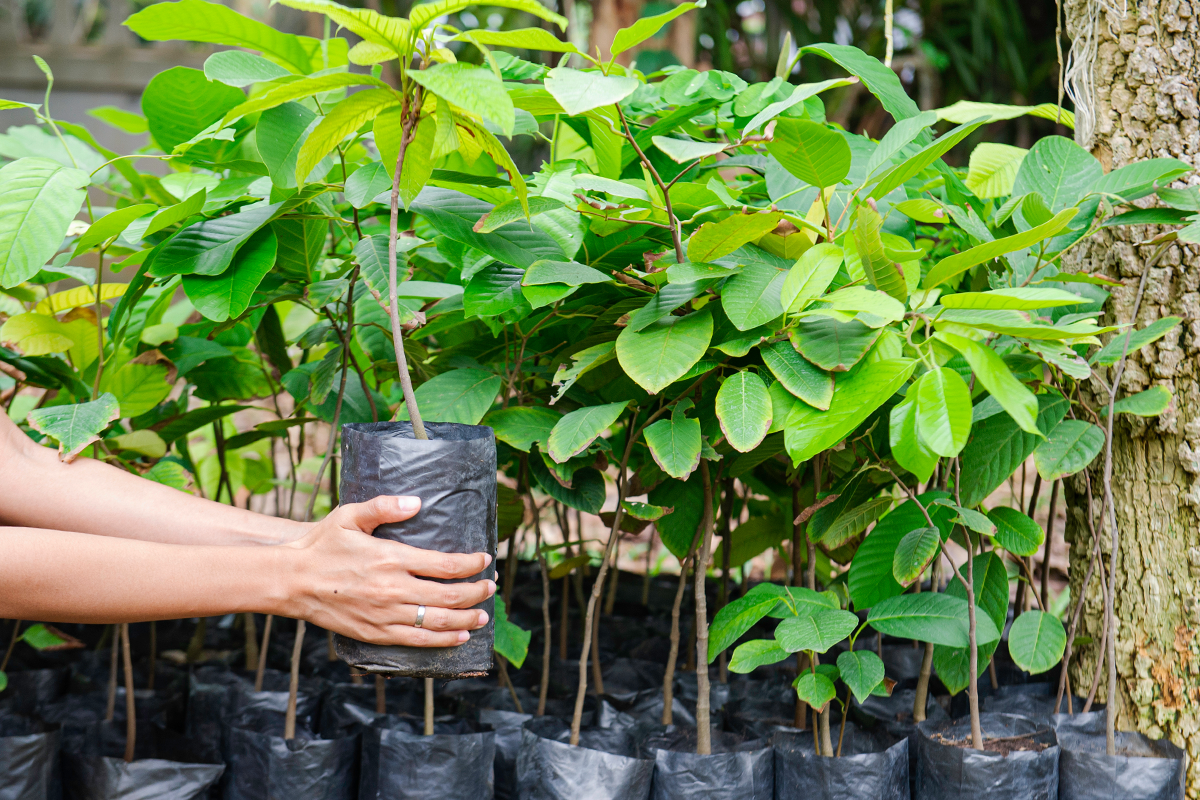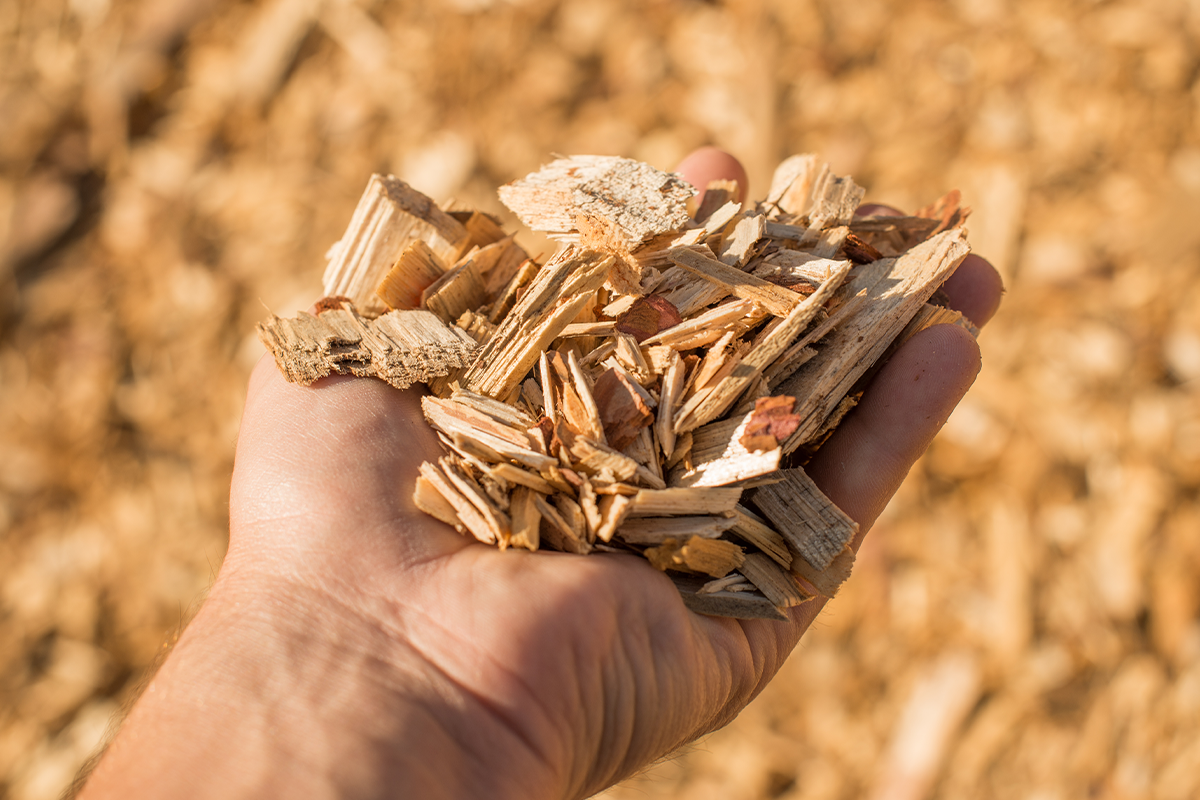The logging industry has long been criticised for its environmental impact, particularly on forests and their biodiversity. However, with growing awareness about the role of forests in mitigating climate change, the industry has started to take steps towards more sustainable practices that not only protect the environment, but also contribute to carbon reduction efforts.

Sustainable forestry practices and guidelines
The logging industry is adopting sustainable forestry practices that aim to balance economic, social, and environmental objectives. Sustainable forestry involves managing forests in a way that meets the needs of the present without compromising the ability of future generations to meet their own needs. This includes reducing the impact of logging on biodiversity, maintaining the ecological functions of forests, and minimising the use of non-renewable resources.
Sustainable forestry practices also include replanting trees, protecting wildlife habitats, and promoting biodiversity. By doing so, the industry not only preserves the ecological functions of forests, but also helps to reduce carbon emissions. Trees absorb carbon dioxide from the atmosphere and store it in their biomass. Sustainable forestry practices ensure that forests continue to act as carbon sinks, helping to mitigate the impact of rising greenhouse gases.
Sustainable logging guidelines aim to promote the responsible and sustainable harvesting of trees while minimising the impact on the environment and biodiversity. They suggest that logging companies should determine the maximum number of trees that can be harvested sustainably, with consideration for the recovery speeds and processes of succession of different types of forest and trees. Logging cycles should be at least 80 years, and the size and connectivity of gaps should be minimised. Selective logging should also refrain from understory clearance and reduce the impact by reducing skid trails and damage to residual vegetation.
It is further important to identify species of greatest conservation concern and ensure their needs are adequately cared for during logging activities. Furthermore, logged areas should be converted into plantations for commercially viable trees instead of utilising old-growth forests. In addition, a buffer strip of at least 30 metres should be maintained between clear-cut land and waterways to prevent erosion and pollution. Lastly, excessive human invasion and access by poachers should be prevented to allow the forest to recover.

Seedlings already grown in their own bags and ready for reforestation.
Use of technology
The logging industry is also using technology to reduce its environmental impact and promote sustainability. For example, modern logging equipment can selectively harvest trees, leaving behind those that are younger and healthier. This protects biodiversity and ensures that forests continue to absorb carbon dioxide from the atmosphere.
Similarly, digital mapping tools are used to identify areas with high conservation value, such as wildlife habitats and sensitive ecosystems. This information is then used to avoid logging in these areas, minimising the impact on biodiversity.
Forest conservation
Forest conservation is another way the logging industry contributes to carbon reduction efforts. By protecting forests from deforestation and degradation, the industry helps to maintain their ability to act as carbon sinks. This is particularly important in tropical forests, which are some of the most carbon-rich ecosystems on the planet.
The logging industry is also working with conservation organisations and governments to establish protected areas and conservation corridors. These initiatives help maintain biodiversity and prevent habitat fragmentation, which can negatively impact the ecological functions of forests.
Read about: How Iceland is regrowing forests destroyed by the Vikings
Certification schemes
Certification schemes are also promoting sustainability in the logging industry. These schemes, such as the Forest Stewardship Council (FSC) and the Programme for the Endorsement of Forest Certification (PEFC), set standards for sustainable forestry and provide certification for products that meet these standards.
Certification schemes ensure that products are sourced from forests that are managed in a way that promotes sustainability, protects biodiversity, and contributes to carbon reduction efforts. This helps consumers to make informed choices and encourages the industry to adopt more sustainable practices.
Bioenergy production
The logging industry also contributes to carbon reduction efforts through bioenergy production. Wood pellets and other forms of biomass are increasingly used as a renewable energy source to replace fossil fuels.
Bioenergy production can help reduce greenhouse gas emissions by replacing fossil fuels in energy production. This not only contributes to carbon reduction efforts, but also promotes sustainable forestry practices. The logging industry can produce biomass from waste wood and other by-products, reducing the need for non-renewable resources.

Biomass from waste wood and other by-products.
Conclusion
In conclusion, the logging industry is making significant contributions to carbon-reduction efforts through sustainable forestry practices, the use of technology, forest conservation, certification schemes, and bioenergy production. While there is still room for improvement, the industry is moving towards more sustainable practices that protect the environment. Giving back to nature is good for business and great for the planet. Your business can start benefiting today from incorporating trees with DGB Group.
Talk to us about trees for your business





